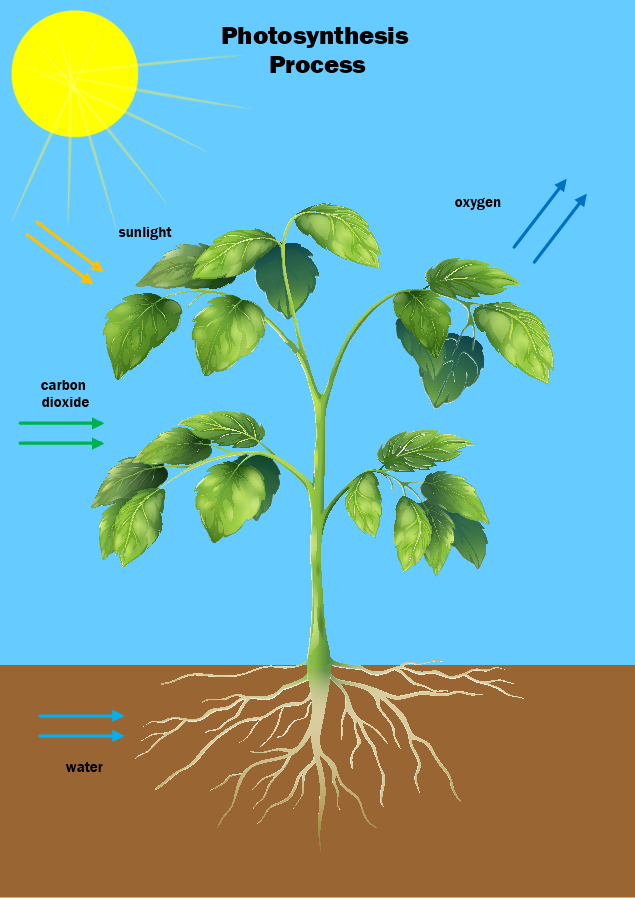This is a free Photosynthesis Process template to help teachers during their biology lessons and students in their preparation for the classes or exams. The template is a 100% customizable and you can edit every aspect of it with a few simple clicks in MyDraw.
Download Template:


Download Template:



Photosynthesis is the process by which green plants and certain other organisms transform light energy into chemical energy. During photosynthesis in green plants, light energy is captured and used to convert water, carbon dioxide, and minerals into oxygen and energy-rich organic compounds.
Steps of Photosynthesis Process:
-
Step 1-Light Dependent- CO2 and H2O enter the leaf.
-
Step 2- Light Dependent- Light hits the pigment in the membrane of a thylakoid, splitting the H2O into O2.
-
Step 3- Light Dependent- The electrons move down to enzymes.
-
Step 4-Light Dependent- Sunlight hits the second pigment molecule allowing the enzymes to convert ADP to ATP and NADP+ gets converted to NADPH.
-
Step 5-Light independent- The ATP and NADPH is used by the calvin cycle as a power source for converting carbon dioxide from the atmosphere into simple sugar glucose.
-
Step 6-Light independent- The calvin cycle converts 3CO2 molecules from the atmosphere to glucose.
Calvin cycle-The second of two major stages in photosynthesis (following the light reactions), involving atmospheric CO2 fixation and reduction of the fixed carbon into carbohydrate.
Why Photosynthesis is important?
-
It is the number one source of oxygen in the atmosphere.
-
It contributes to the carbon cycle between the earth, the oceans, plants and animals.
-
It contributes to the symbiotic relationship between plants, humans and animals.
-
It directly or indirectly affects most life on Earth.
-
It serves as the primary energy process for most trees and plants.
